1. Personal Touches That Tell a Story
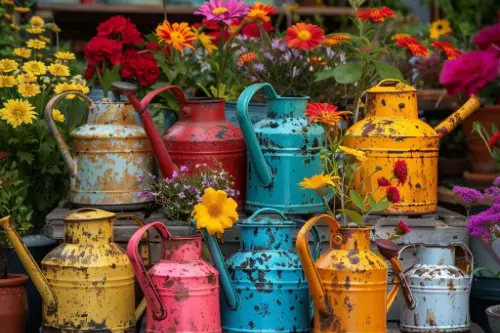
A hand-painted pot, a family heirloom planter, or a DIY sculpture adds emotional depth. These items reflect you—not just design trends. They make the garden feel lived-in, loved, and layered. Personality becomes peace.
Don’t worry about matching—worry about meaning. Let your garden hold your quirks and memories. When the space reflects you, it welcomes you. Peace feels personal.
2. Water Features That Muffle the Noise
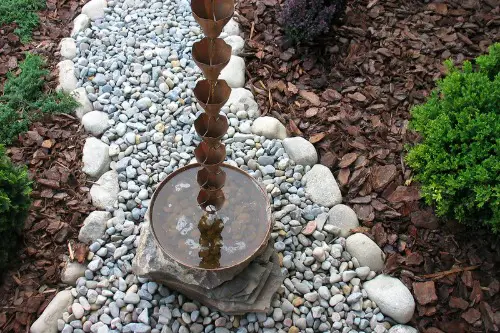
A trickling fountain, bubbling pot, or even a DIY rain chain adds soothing sound and masks city clatter. Water invites pause and presence, turning your garden into a sensory retreat. It’s movement without urgency. Sound becomes sanctuary.
You don’t need a pond—just a gentle flow. The rhythm calms the nervous system and anchors the space emotionally. In a city, silence is rare—but water gets close. Liquid quiet is powerful.
3. Natural Materials That Ground the Space
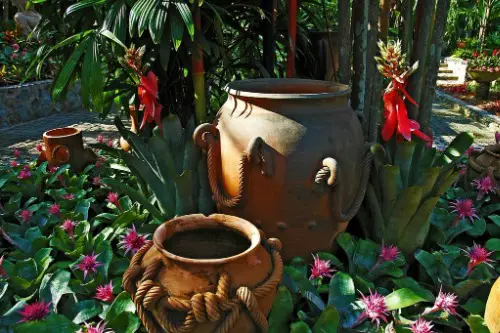
Stone paths, wood benches, and clay pots connect your garden to the earth—literally and emotionally. These materials age gracefully and feel timeless, even surrounded by modern buildings. They offer tactile comfort and visual calm. Nature doesn’t need polish.
Avoid plastic and synthetic finishes when possible. Let grain, patina, and imperfection guide your choices. The more grounded the materials, the more grounded you feel. Peace starts underfoot.
4. Curved Lines That Invite Flow
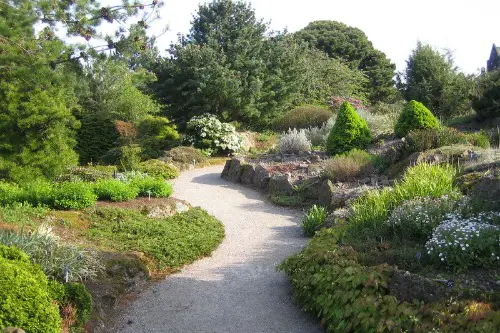
Instead of rigid grids or sharp angles, curved beds, winding paths, and rounded planters create a sense of ease. Curves slow the eye and soften the experience. They suggest movement without urgency. Geometry becomes gentle.
Even in tight spaces, a little bend goes a long way. Designers use curves to mimic natural landscapes and reduce visual tension. When the garden meanders, so do you. Peace follows the path.
5. Seating That Encourages Stillness
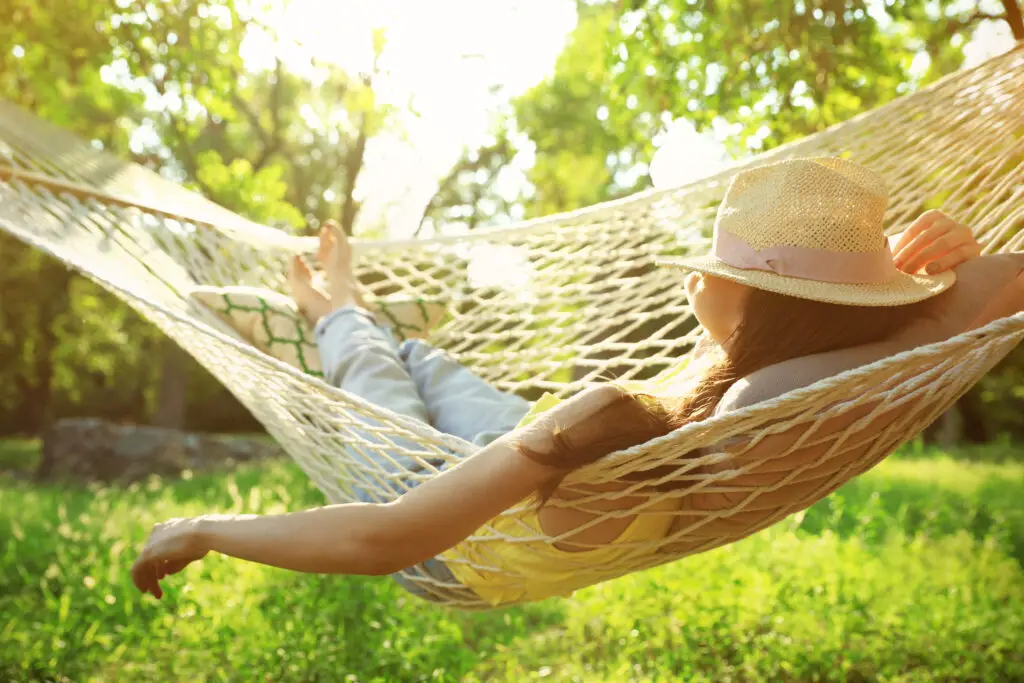
A tucked-away bench, hammock, or floor cushion invites you to linger—not just pass through. When seating feels intentional and comfortable, the garden becomes a destination. You’re not just admiring—you’re arriving. Rest becomes ritual.
Choose materials that feel good to touch and placements that offer shade or privacy. Even a single chair can shift the mood. Stillness needs a seat. Peace sits with you.
6. Scented Plants That Trigger Calm
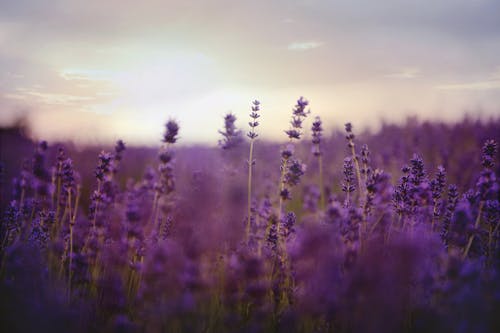
Lavender, jasmine, mint, and rosemary release calming aromas that linger in the air and on your hands. Scent is a powerful emotional cue—one whiff can lower stress and deepen presence. It’s invisible design with lasting impact. Aroma becomes atmosphere.
Plant near seating areas or pathways for maximum effect. Let scent guide your garden’s emotional tone. Even in a noisy city, fragrance finds quiet. Peace floats on the breeze.
7. Shade That Offers Shelter
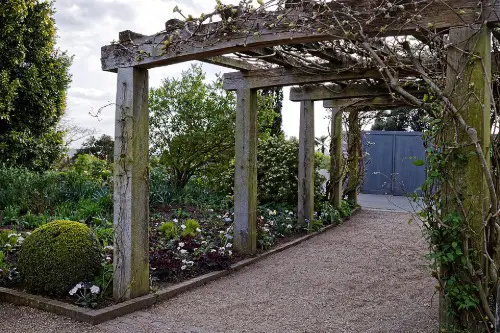
Trees, pergolas, or tall plants create cool zones that feel protective and intimate. Shade isn’t just physical—it’s emotional. It signals retreat, reflection, and relief. Light softens when filtered.
Use climbing vines, umbrellas, or even fabric to create dappled shade. The contrast between sun and shadow adds rhythm and depth. Shelter builds serenity. Peace prefers partial light.
8. Boundaries That Feel Gentle
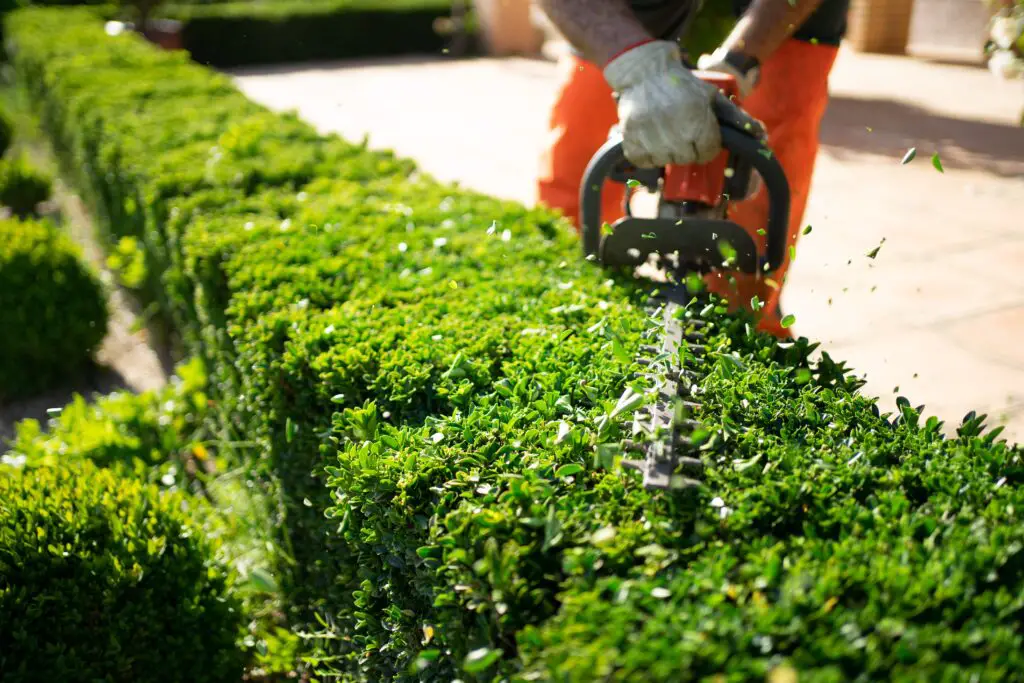
Fences, hedges, or trellises define space without feeling like barriers. They offer privacy and containment while still allowing air and light to flow. Boundaries don’t have to be walls. Enclosure can be kind.
Use natural materials or living borders to soften the edges. When the garden feels held—not hidden—it becomes emotionally safe. Peace needs protection, not isolation. The edge makes the center possible.
9. Wildlife That Adds Life
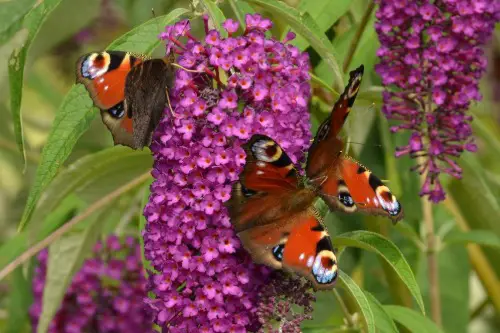
Birds, butterflies, bees—even city squirrels—bring movement and connection to your garden. Their presence reminds you that nature persists, even in urban density. Life becomes visible. Stillness doesn’t mean silence.
Plant pollinator-friendly flowers or install a birdbath to encourage visits. Watching wildlife grounds you in the present. Peace flutters, hums, and hops. The garden breathes with company.
10. Layered Greenery That Softens the Edges
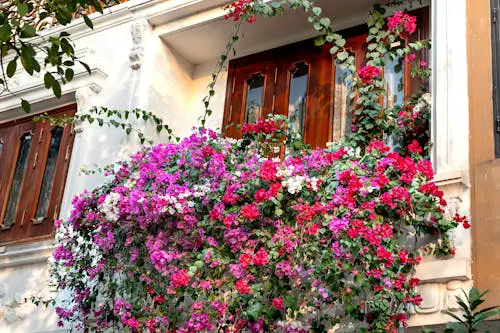
Tall grasses, trailing vines, and low groundcovers help blur hard lines and create a sense of enclosure. In urban gardens, this layering shields you from concrete and chaos. It’s nature’s way of saying “you’re somewhere else now.” Texture becomes tranquility.
Even small plots benefit from vertical and horizontal plant variety. The more depth you build, the more immersive the space feels. Green softens everything—walls, noise, and mood. Peace grows in layers.
11. Lighting That Extends the Mood
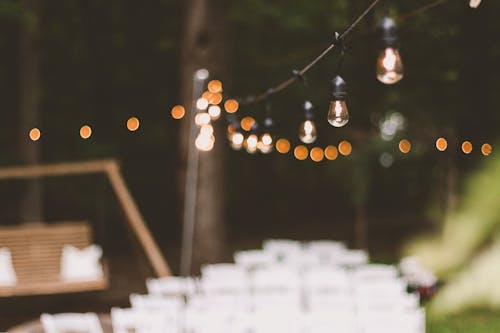
Soft solar lights, lanterns, or string bulbs allow the garden to glow gently after sunset. Lighting adds safety, but also ambiance—turning your outdoor space into an evening retreat. It’s not about brightness—it’s about warmth. Glow becomes invitation.
Use warm tones and low placement to avoid harsh glare. Let the garden whisper after dark. Peace doesn’t clock out at dusk. It lingers in the light.
12. Soundscapes That Feel Intentional
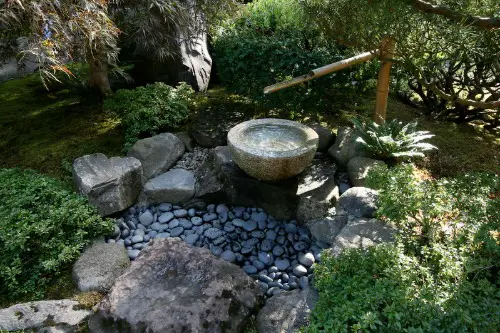
Beyond water, wind chimes, rustling grasses, or even curated playlists can shape the garden’s emotional tone. Sound adds dimension and rhythm to stillness. It’s the difference between quiet and peace. Auditory design matters.
Choose natural sounds or soft music that complements the mood. Let the garden hum, not shout. Peace plays softly. The ear finds ease before the eye does.
13. A Sense of Arrival
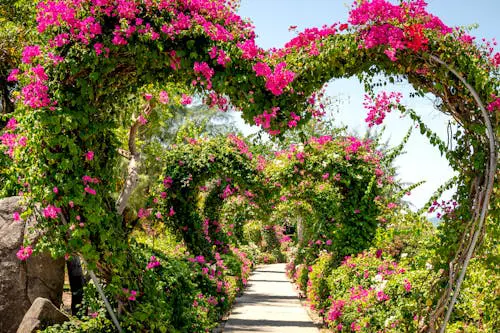
A gate, archway, or stepping stone path signals transition from city to sanctuary. It tells your brain: “you’re entering something different.” Even a subtle threshold creates emotional shift. Arrival becomes ritual.
Designers use entry moments to build anticipation and reverence. You cross into calm. Peace begins at the border. The garden greets you before the plants do.
This post 13 Things That Make a Garden Feel Peaceful—Even in a City was first published on Greenhouse Black.
